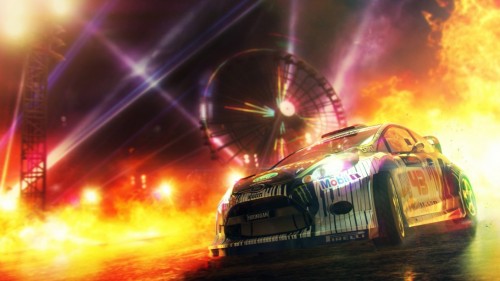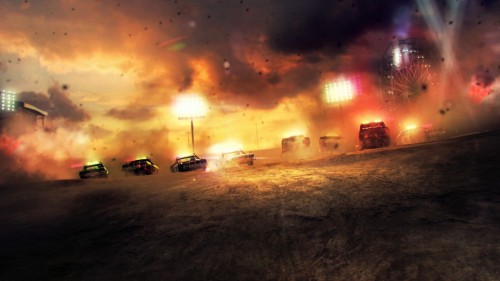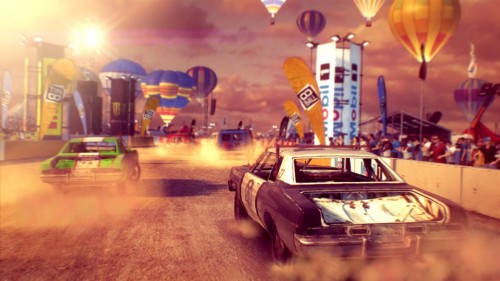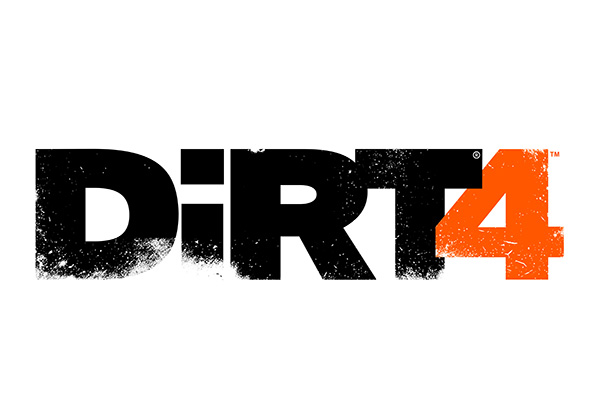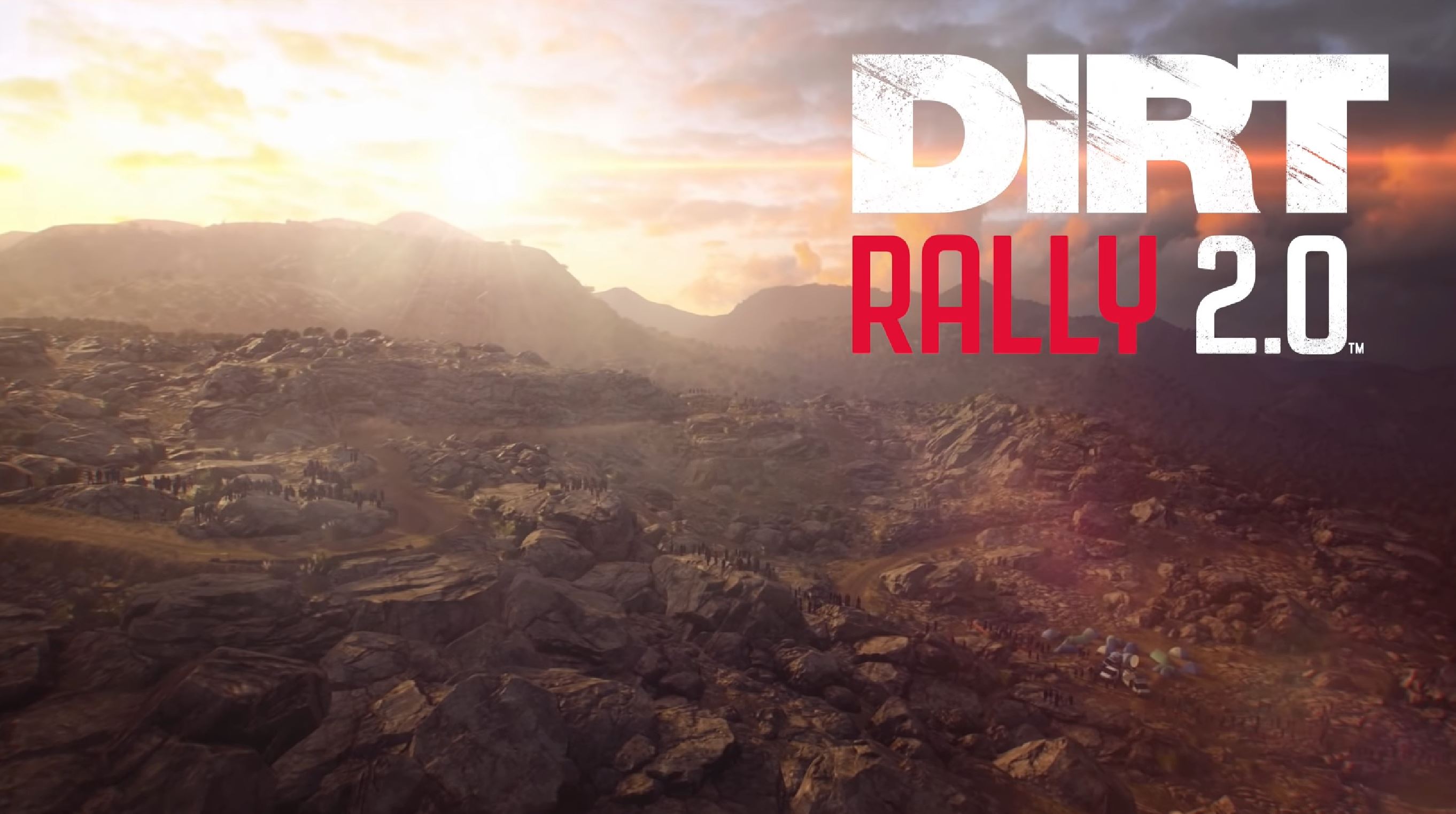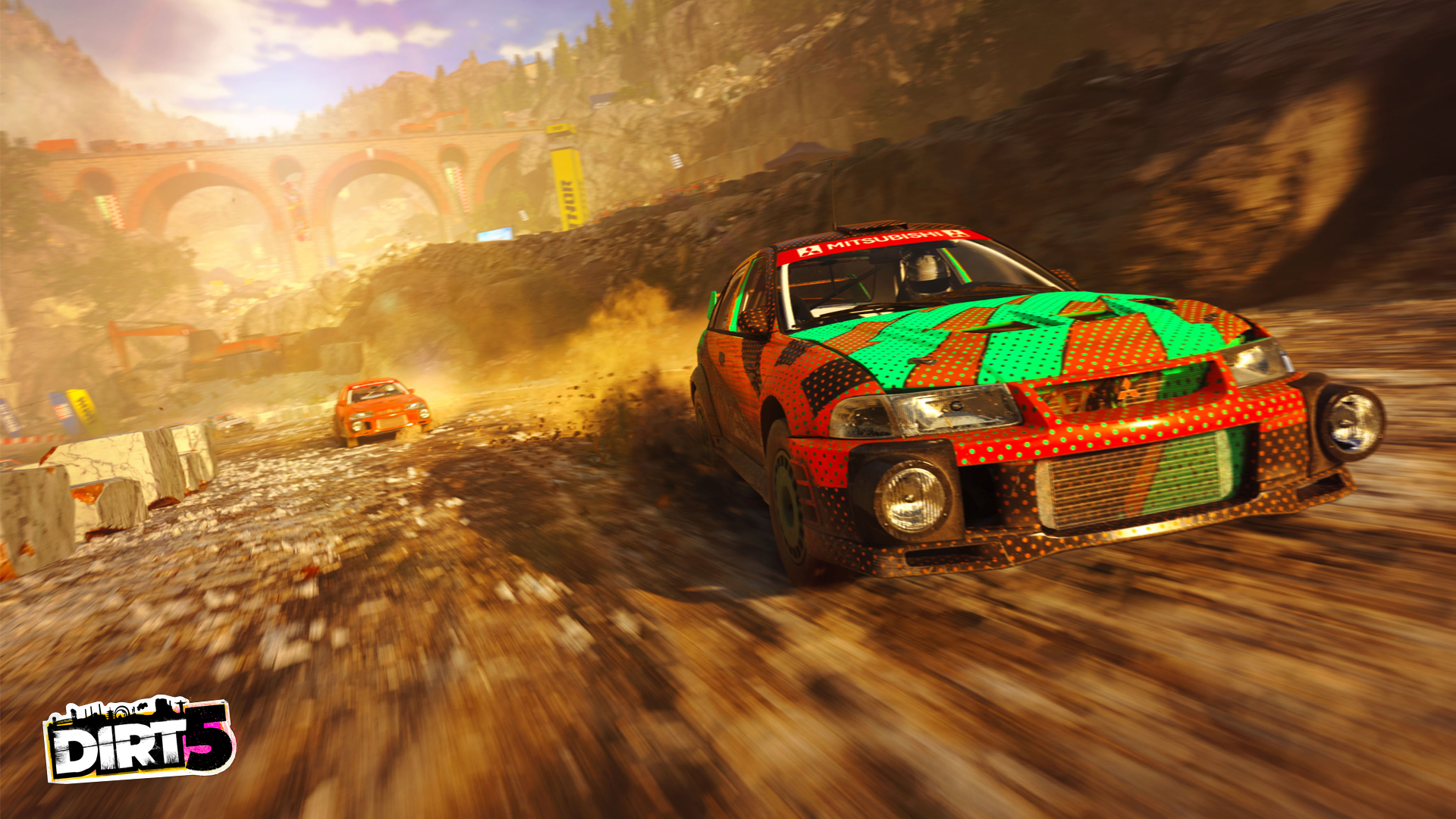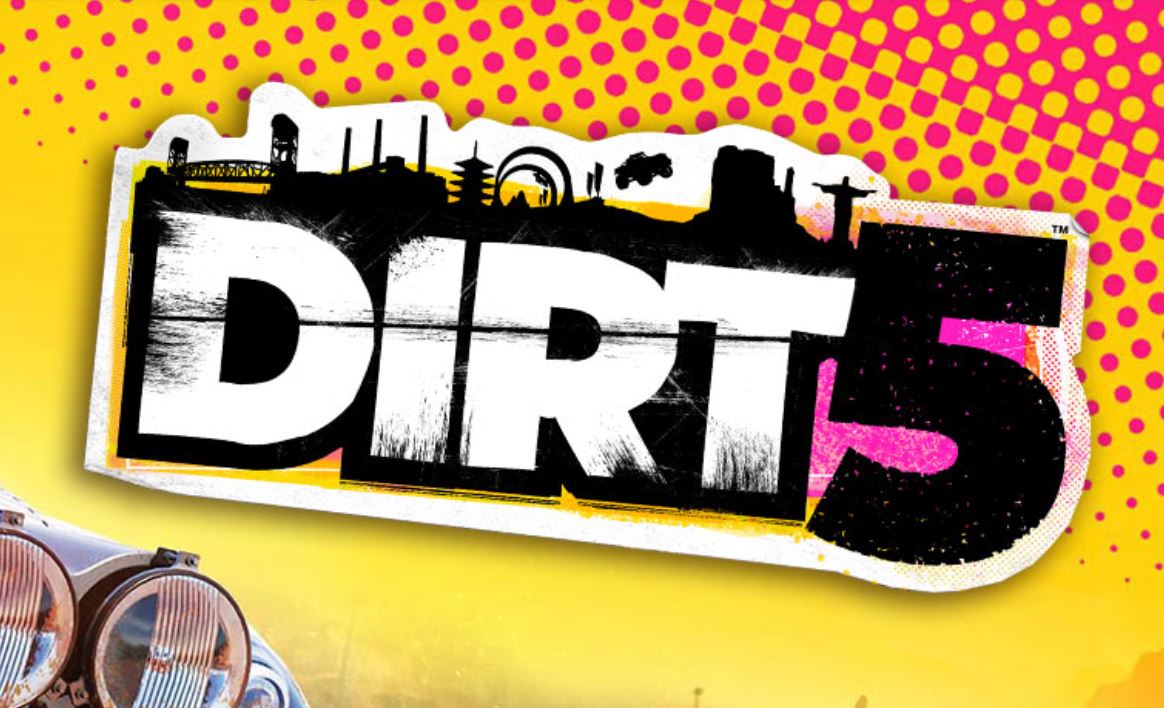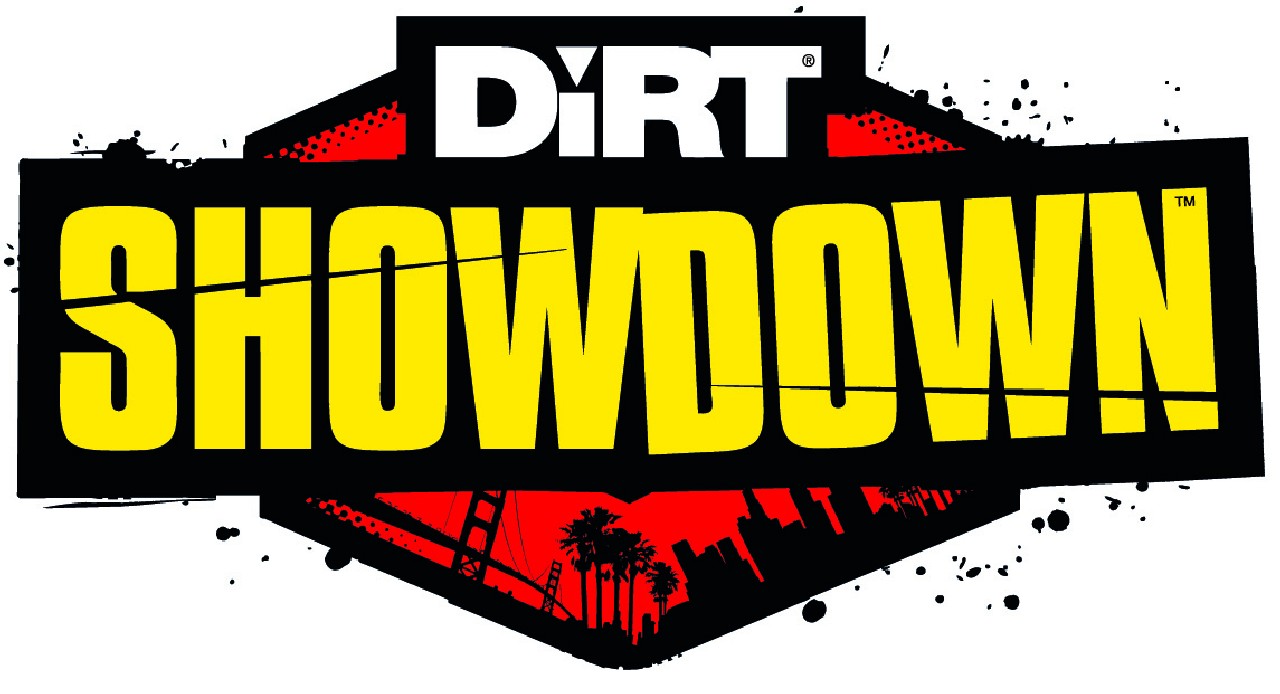
When I sat down to play Dirt: Showdown for the first time, I had to wonder exactly who this game was for. It’s too shallow and simplistic to appeal to the hardcore racing sim fans that do nothing but play Forza (i.e. my Dad), and it doesn’t really offer anything new to the arcade racing crowd that’s used to drifting around corners for points in the PGR series (i.e. me).
I got my answer a few days later while journeying home and sitting next to someone who had bought this game. Black jeans and hoodie, thin, short hair, and… glasses. Huh. Well, I guess we can’t always judge people by the games they play.
The first thing that came to mind as the game loaded up was how much it looked like the highly underratedBlur. The same kind of bright, heavily processed colours, lensflares at every available opportunity and intentionally shaky camerawork. It’s designed to give the game more visual impact, to make it feel like the punchy, no-holds-barred arcade racer that Dirt: Showdown so desperately wants to be.
Nowhere is this more evident than in the game’s menus. The menus are big solid blocks of steel that land in an arena and change colour as you select them. It’s all very 1990s early Playstation, actually. It sets out what the game wants you to expect. From these menus you can select the game’s four main modes. Showdown Tour is the meat of the game, with 50 events in four championships for you to work through. There’s also Joyride, which offers two open arenas (one of which is London’s iconic Battersea power station) to essentially go nuts in. Then there’s the online multiplayer and Challenge modes.
The Showdown Tour mode is where you’ll spend most of your singleplayer time. It offers a variety of different events. Do well, and you’ll unlock more events and earn money to upgrade the wide variety of cars. Do poorly, and you’ll be stuck doing the same events over and over again until you get better at them.
The events themselves are varied, and fairly unique. There’s standard racing modes, often using tracks with crossovers, so getting t-boned as you cross the path of another car is not uncommon. There’s also a sort-of demolition derby mode where the goal is to earn as many points as you can by destroying the other cars. The most unique type of race is the showdown race itself. This pits you against another single driver in a course that’s split in half, with each side being a mirror of the other. You race both sides, and have to achieve various goals, like smashing through barriers, performing donuts or drifting around corners. Do it faster than the other guy, and you’ll win.
A lot of the events focus on these kinds of tricks. The game is pretty obviously inspired, at least in part, by Ken Block’s legendary Gymkhana videos, and Block himself is one of your opponents in the Showdowns. You can even drive his car.
Because of this focus, the game’s physics tend to err on the side of keeping you moving forward. This isn’t the aim-for-reality physics of, say, the Forza series. No, here it’s all about letting you have fun without punishing you too hard for screwing up. Most importantly, the physics are predictable and workable.
The AI in singleplayer is relatively good, too. There’s no noticeable “rubber-banding”, where the AI is always designed to stay close to you. It’s difficult, but not impossible, to break out into a big lead, and that’s as it should be. Even in the arena modes, the AI holds up well enough.
Dirt: Showdown offers full force-feedback wheel support. I tested it with a Fanatec ClubSport wheel, which is probably massive overkill, but it’s the only wheel I have. It works well enough, although there’s no manual options so the stick-shift, flappy paddles and clutch are all useless. My Forza-loving Dad came away suitably unimpressed after trying it in this mode. “It’s no Forza,” he told me.
One thing the game focuses on is its “social” aspects. Multiplayer offers not only online party mode, but also local splitscreen. A word of warning, however: the game requires an online pass to open up the online multiplayer. The pass also enables support for uploading video replays to YouTube, which is a feature I can’t say I’ve ever seen in a game before.
Sound is typically grunty car engine noises and crunchy impact noises. It’s pretty much what you’d expect from a racing game, and that’s okay. The music is another matter. You get a selection of obnoxious punk/rock tracks, obnoxious techno/house tracks and obnoxious Australian hip-hop tracks. I really don’t understand why they couldn’t have just hired someone to make some decent music for the game, but hey, I’m sure the people who buy this game like it. You can, fortunately, disable the music in the options.
Overall, Dirt: Showdown is a hard game to really classify. It lacks the kind of depth and meatiness of a proper sim title, but it tries to be a bit more advanced than a basic arcade racer. There are some good ideas here, but not enough to keep me coming back over and over. If you’re a big rallying fan, and you watch Ken Block’s videos religiously, then maybe this game will appeal. For me, however, it’s time for another few laps around Suzuka in Forza 4.
Wide variety of events | Local splitscreen multiplayer | Forgiving physics
Obnoxious music | Requires online pass | Lacks any real depth

